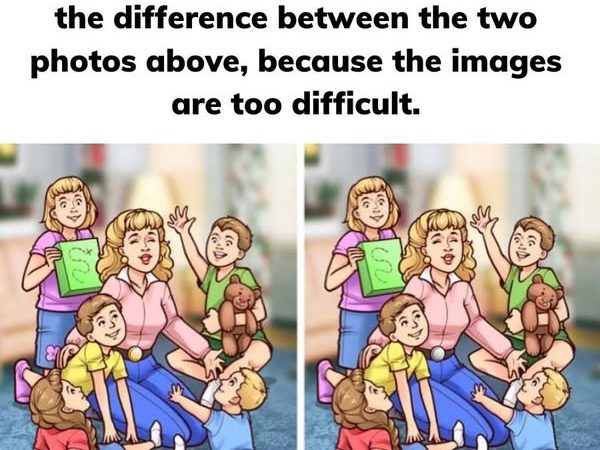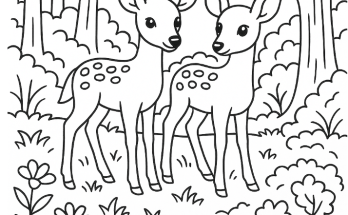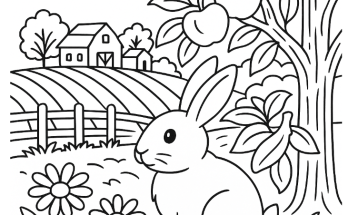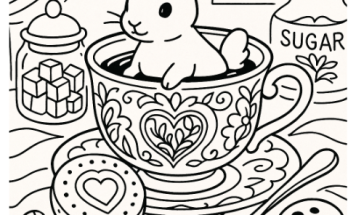
How to Spot Differences Like an Expert
Let’s find all the hidden differences circled in the image. If you haven’t found them all, don’t worry. This guide will help you.
- The Green Book (Top Left): The girl with the green book looks normal at first. But look closely. The book cover has a smiling face in one version and is blank or different in the other.
- The Necklace on the Mom (Center): The mother wears a necklace in one photo but not in the other. Changing small accessories is a common trick.
- The Stuffed Bear’s Eye (Top Right): The boy on the right holds a teddy bear. The bear’s eye is missing in one version. Toy details are easy to miss.
- The Girl’s Hairband (Bottom Left): The little girl in red has a hairband in one photo and not in the other. This small change is hard to spot.
- The Boy’s Sock (Bottom Right): The child in the blue outfit has socks in one image but not in the other. Check the left foot.
- The Boy’s Sleeve Stripe (Middle Left): The boy in the yellow shirt has a red stripe on his sleeve in one image and not in the other. Clothing details are often changed.
- The Mother’s Pocket (Center): The mother has a visible pocket on her pants in one photo and not in the other. It’s a small but important change.

The Marked Differences
The red circles in the image show these seven differences. Now, look at the two photos again. The differences will stand out, and you’ll wonder how you missed them.
It’s Okay to Miss Some
If you didn’t find all seven on the first try, don’t be upset. Even observant people may miss one or two because of how these puzzles are made. The key is to slow down, zoom in, and look carefully.
Visual puzzles like this are not just for fun. They improve your:
- Attention to detail
- Visual memory
- Pattern recognition
- Concentration and focus
In fact, spot-the-difference games are used in brain training and cognitive development because they are good for enhancing logical thinking.



